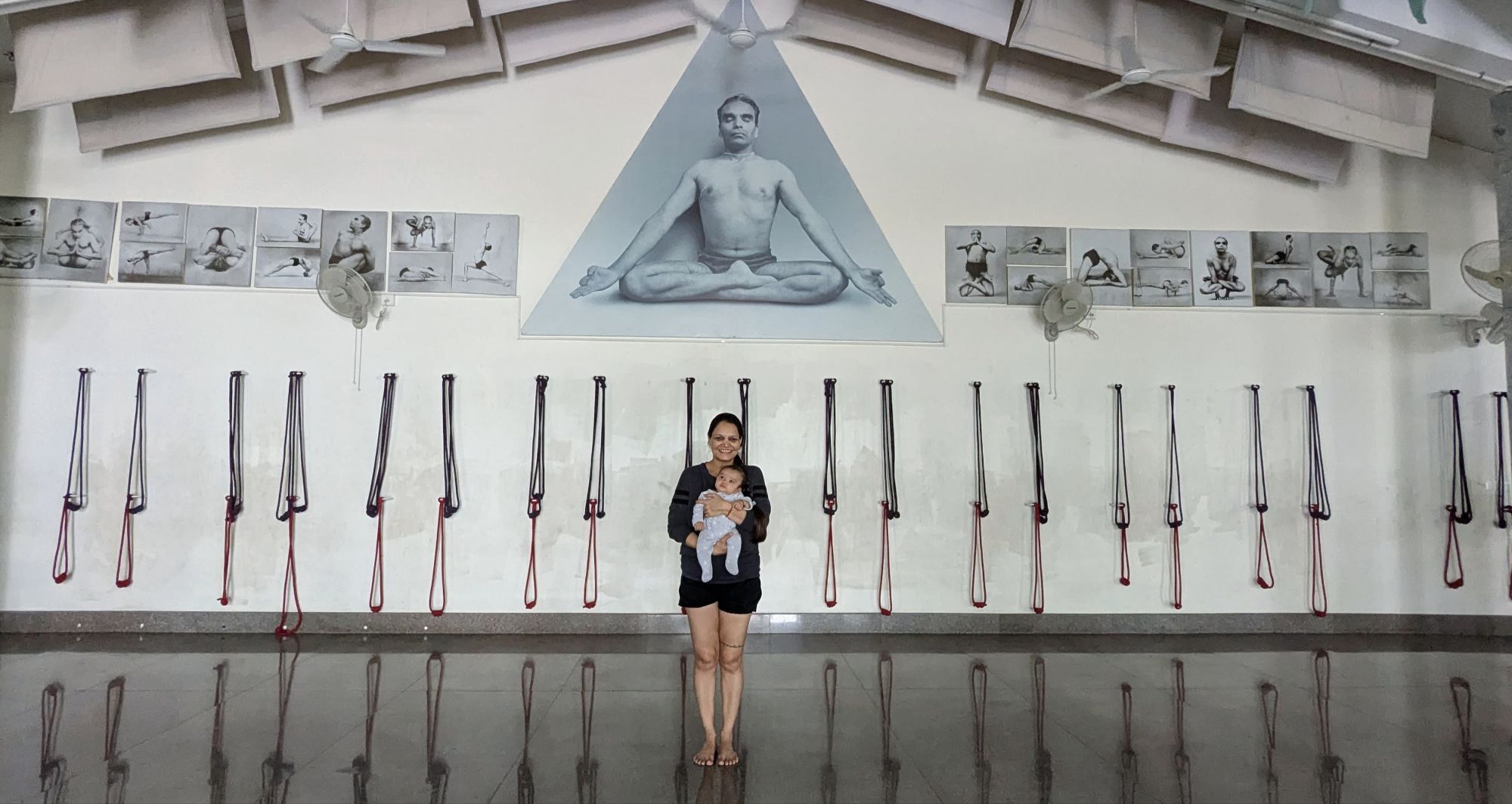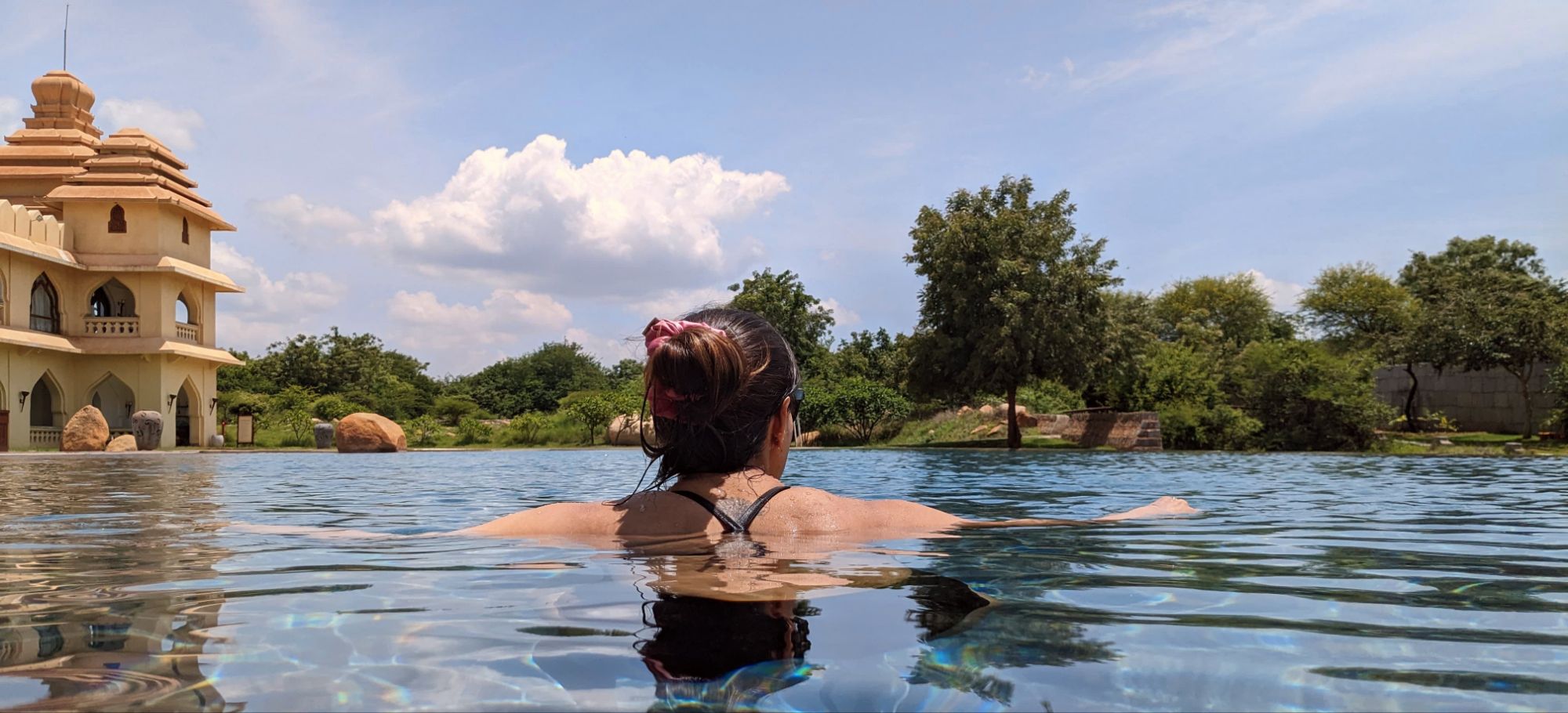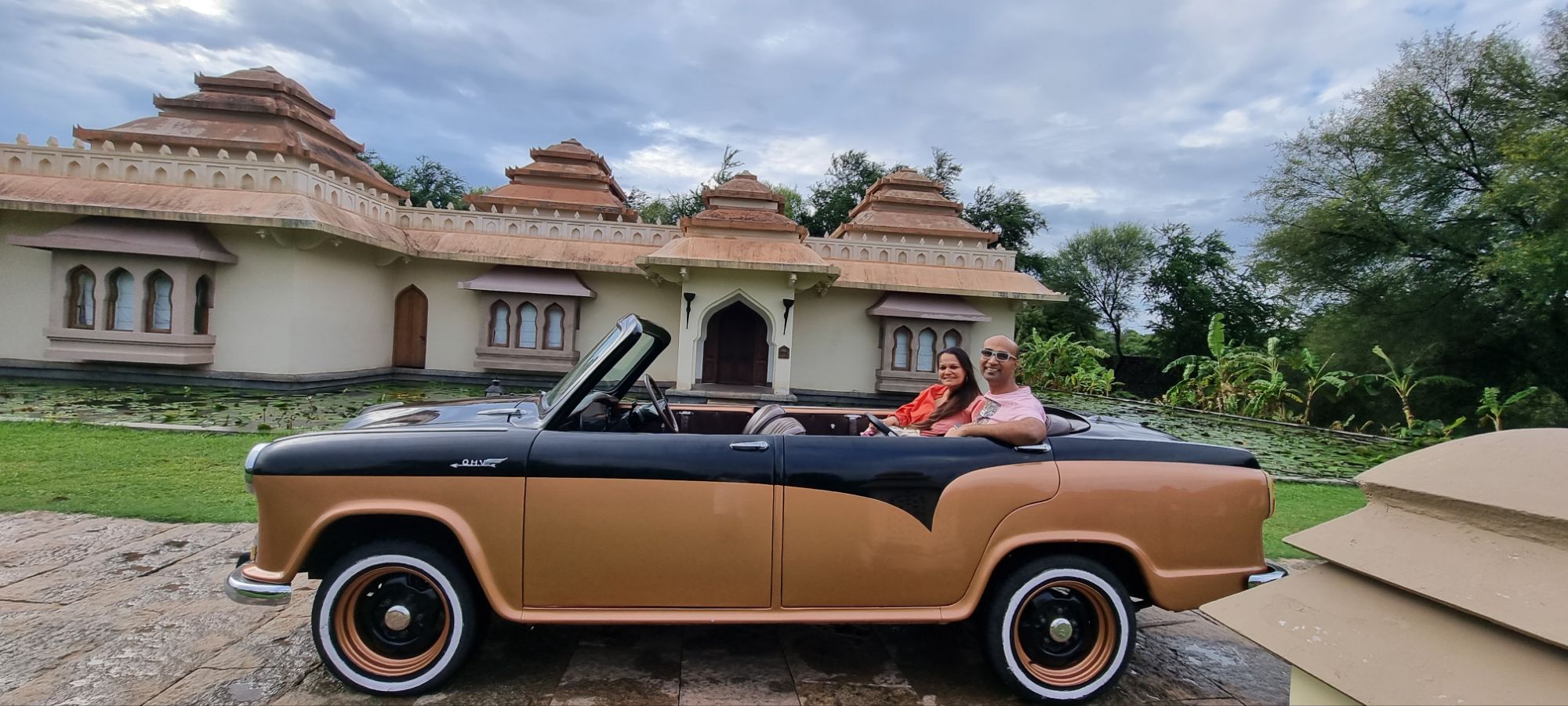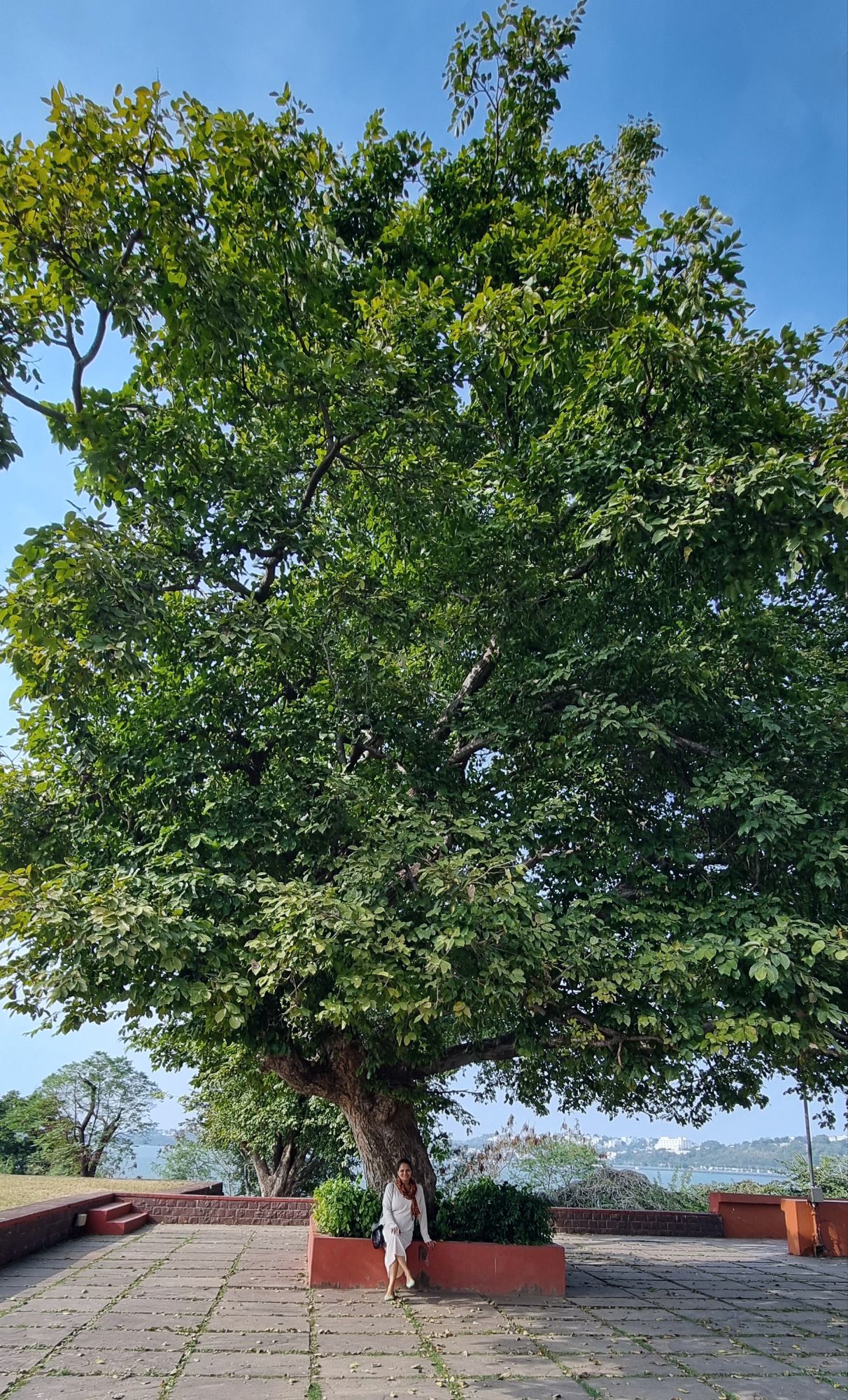Now that I’m in my third trimester I wanted to do a recap of my first. Here’s a detailed video about it. I hope this blog resonates with other women who are on the conception/pregnancy journey. It’s also serves as a record of this very special time in my life.
Something ‘Was Up’
I first knew something ‘was up’ when my period was late. I was in Nagpur to train with Honey Unnikrishnan, my Mohiniyattam teacher. I expected to get my period towards the end of my time there. It was a strenuous five days, with up to 10 hours of dancing daily.
During the two week wait, women are told to rest and relax. But I had spent numerous two-week-waits resting and relaxing unsuccessfully, and didn’t want to miss out on dancing with my teacher. My period was never late, and I chalked it up to all the rigorous physical training I was doing.
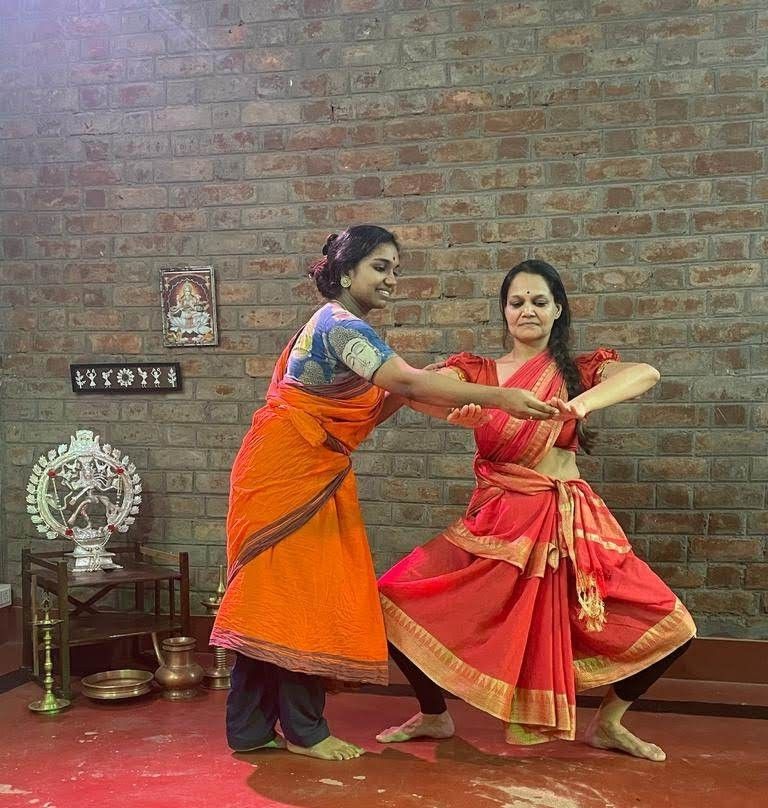
In Nagpur with my Mohiniyattam teacher, Honey Unnikrishnan.
The Positive Pregnancy Test
I’ve had numerous negative pregnancy tests. I wasn’t eager for yet another one. But we were headed to Goa, and I wanted to make sure that it was OK to do eat drink and make merry while I was there.
I did a home pregnancy test and it was positive. It was the result we’d been waiting for but now that I had it, I couldn’t believe it. Later that day my doctor confirmed the pregnancy through a TVS scan. I will never forget her words. “This is a medical miracle! You’re a medical miracle!”
For the four days we were in Goa I was paranoid about losing the pregnancy, so I kept checking to make sure I wasn’t bleeding. It was an unsettling feeling. The entire vacation felt different, although we weren’t doing anything different from what we usually do in Goa. My mornings had changed though – I could no longer stand the smell or taste of coffee. In a way this was the first casualty of my pregnancy hormones.
Our Goa trip was probably our first and only trip during the first trimester.
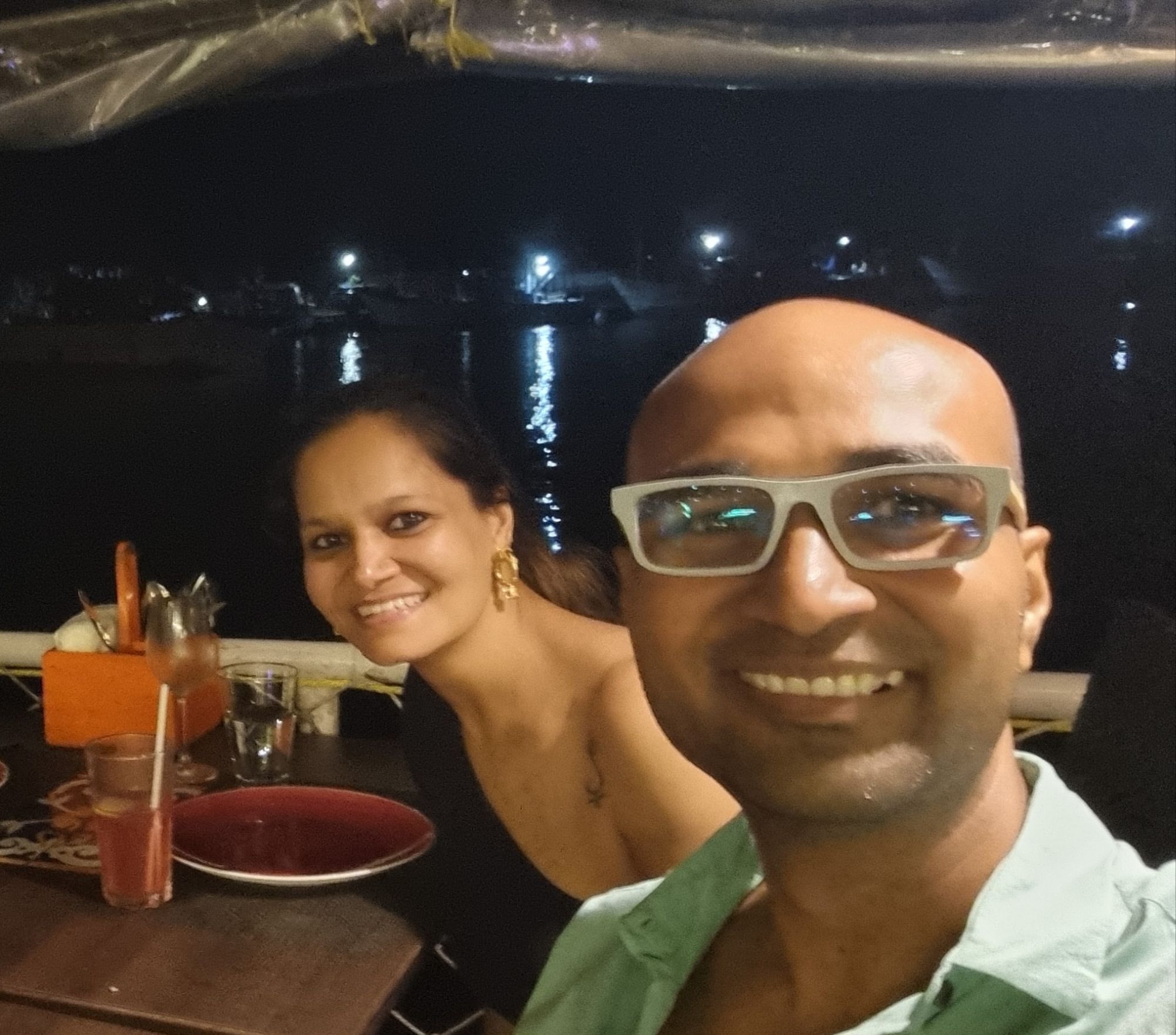
Riverside dinners in Goa.
My Symptoms
Never have I experienced hunger like I did in my first trimester. I once ordered and ate an entire pizza before dinner, and went on to have the a full dinner. I desperately wanted to maintain a balanced and healthy diet – but that hunger was phenomenal and during the first trimester (or even afterwards) I never denied myself food. Also, if I tried to ‘ignore’ my hunger then I’d be nauseous. Elaichi (cardamom) also helped to keep the nausea at bay.
I also discovered that ‘morning sickness’ is a misnomer. My nausea lasted all day. It would get worse if I ate too little, but also if I ate too much. When I spoke to my doctor about this she replied, “Be thankful that you’re eating.”
Women always remember their pregnancy food cravings. In my first trimester I had few cravings, but many aversions. I didn’t want any hot liquids like tea or even soup. I couldn’t stand the thought of foods I felt were “heavy” like millets and rajma. I didn’t even like the taste of water. I ate white rice, wheat rotis and had sips of water. Also, my cravings changed every two weeks!
What I did like though was slightly spicy food. And pickles!
I think knowing what I wanted to eat and didn’t made it easier to plan the menu. Also listening to my cravings instead of blindly following a diet helped the cravings and aversions easier to manage.
What I wasn’t ready for was the intense fatigue. I wanted to crawl into bed as soon as I put my students into savasana. I took multiple naps through the day. I slept more in my first trimester than I ever have.
Overall my first trimester was great because I was traveling and eating well and the pregnancy was a strong, healthy one.
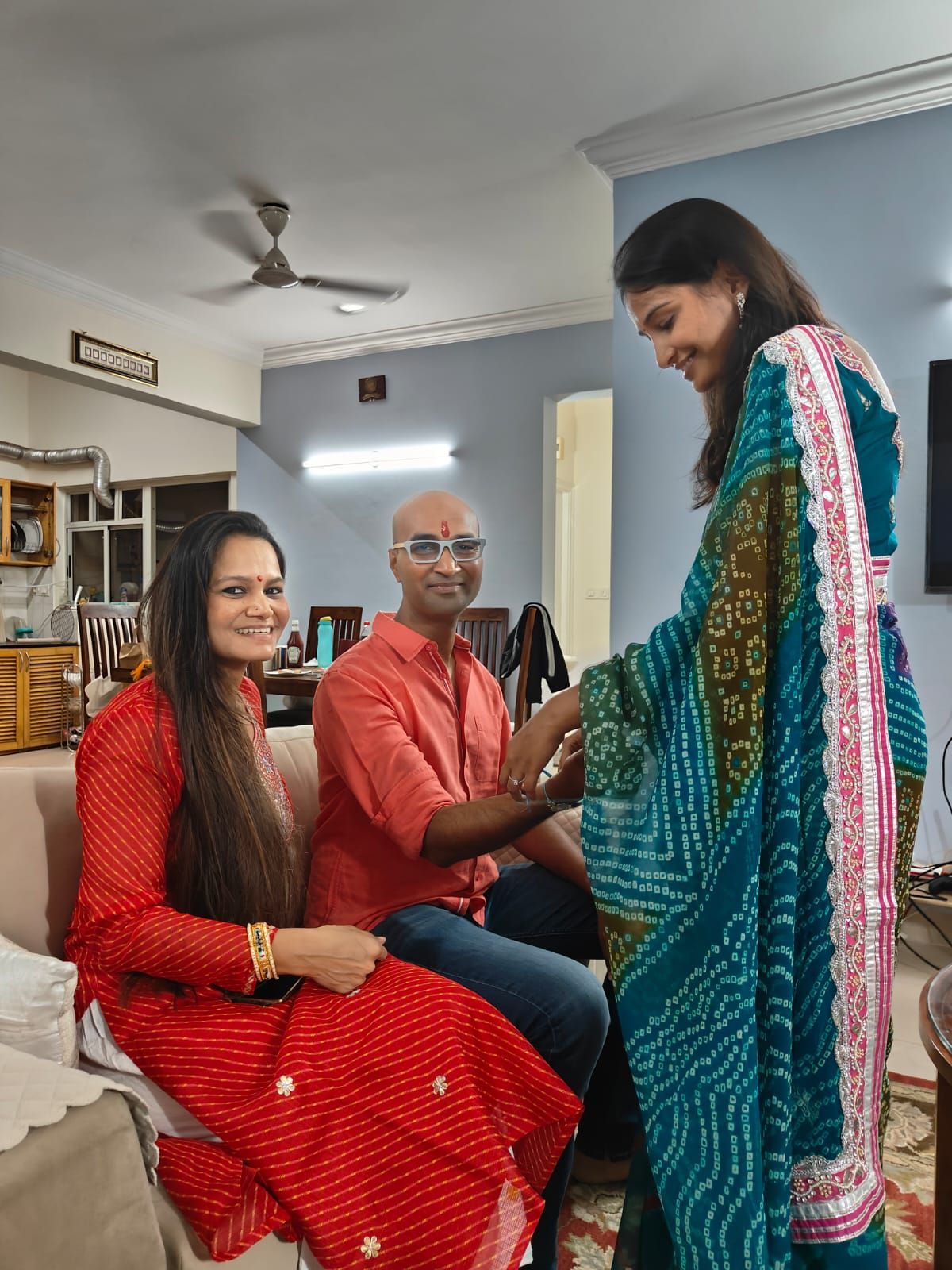
Rakhi during my first trimester. Some of my clothes had started to become snug.
Exercise
I discovered that walking was a great way to keep the digestive system moving (which sometimes gets sluggish because of all the pregnancy hormones). Also, it helped with the nausea. So I borrowed a smart watch from my mother in law and aimed to get 10000 steps in daily. I even studied for a Sanskrit exam while pacing the hallway in my house!
I also did some yoga. My doctor was a bit concerned about this, but as she saw the pregnancy blooming, she supported my fitness initiatives. Didn’t do challenging or advanced asanas. I demonstrated in class, but was very very careful. I had a routine designed for me by my teachers and I stuck to that. Pre-natal yoga isn’t about conquering new asanas, or proving that your body can bend deeply despite a pregnancy, but about preparing the body for the changes that are inevitable on this journey. I think this made me appreciate yoga a lot more.
I stopped Mohiniyattam though. My teacher felt it’s for the best as I’d only been dancing for a year and, unlike with yoga, I may not be able to control how hard I bend, stretch or stamp my feet.
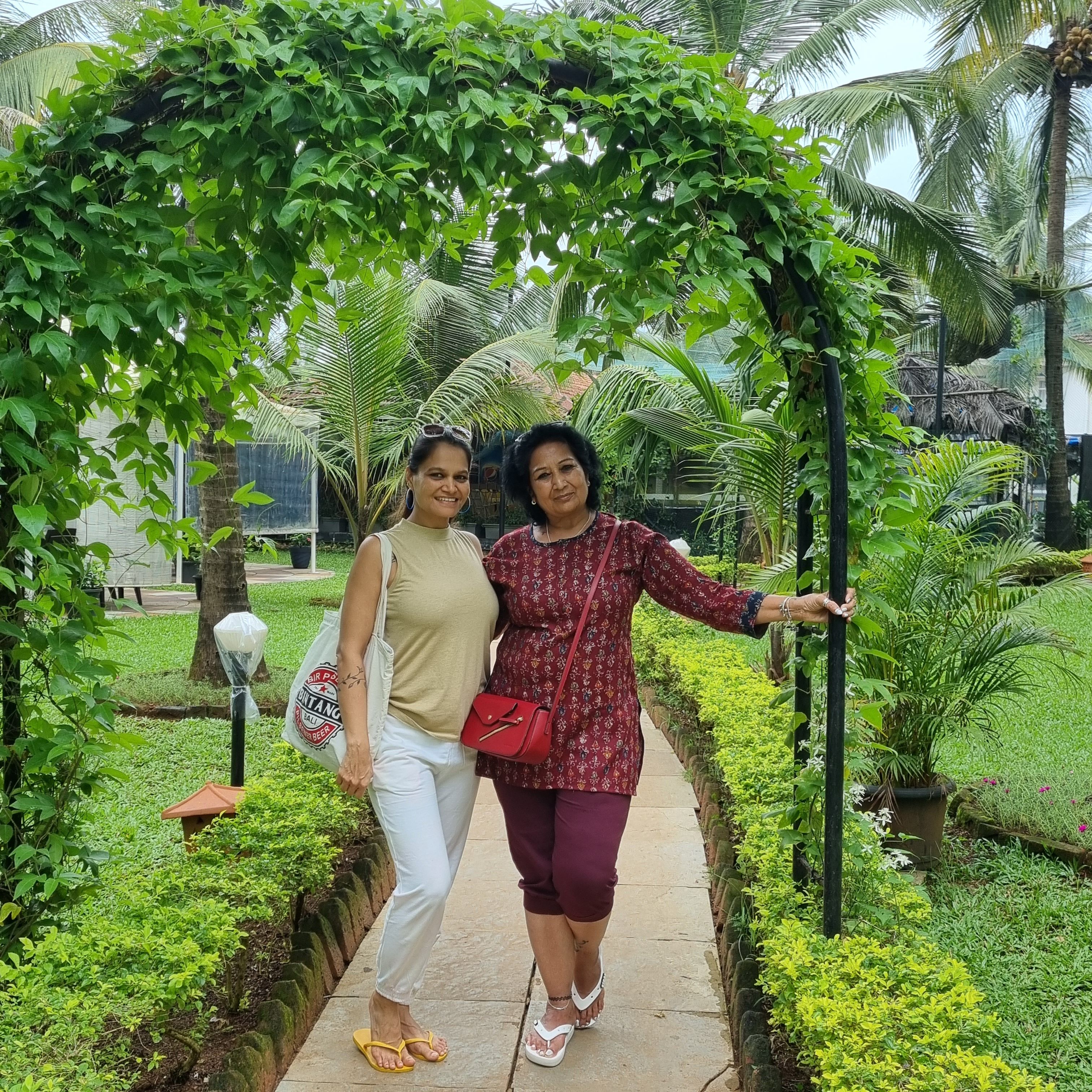
I went to Goa again with my mother in law and two of her friends. Read my blog on it here.
Many women have asked me what I did differently that month to get pregnant. I’ve wondered the same thing. The only difference I can think of now is that I decided to focus on what made me happy, which was my practice, whether Mohiniyattam or yoga. Or maybe it was a little luck and a lot of faith.
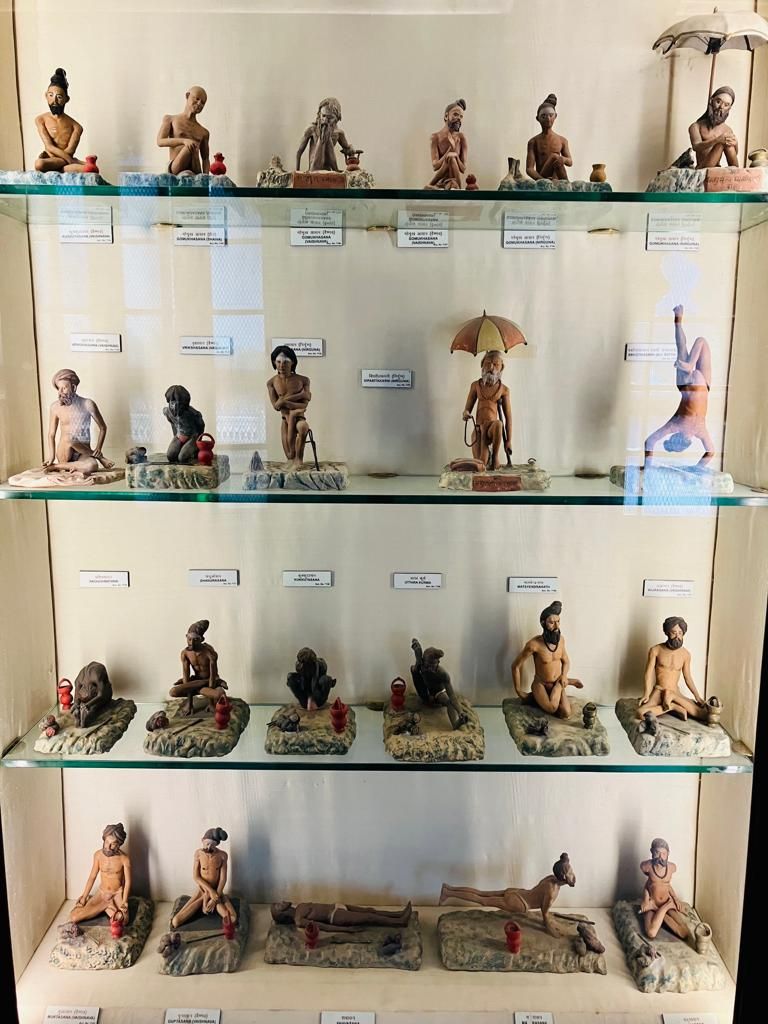
Yogis on display somewhere in Goa.
